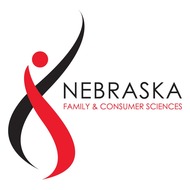Apparel Measurements for Fashion Design
(View Complete Item Description)Throughout this lesson, the students will learn how to correctly take measurements to create a fitted garment. Students will begin with brainstorming measuring tools. Next, they will discuss fabric sizing as a class. Students will learn about the history of measurements and why it is important to take measurements. Individuals will team up in pairs to practice taking measurement. Finally, students will apply the measurements by comparing and contrasting them with a home-sew pattern. This lesson could be used before a student begins creating a garment for themselves, especially in Intro to Design or an Apparel Production & Construction course.
Material Type: Lesson Plan




















